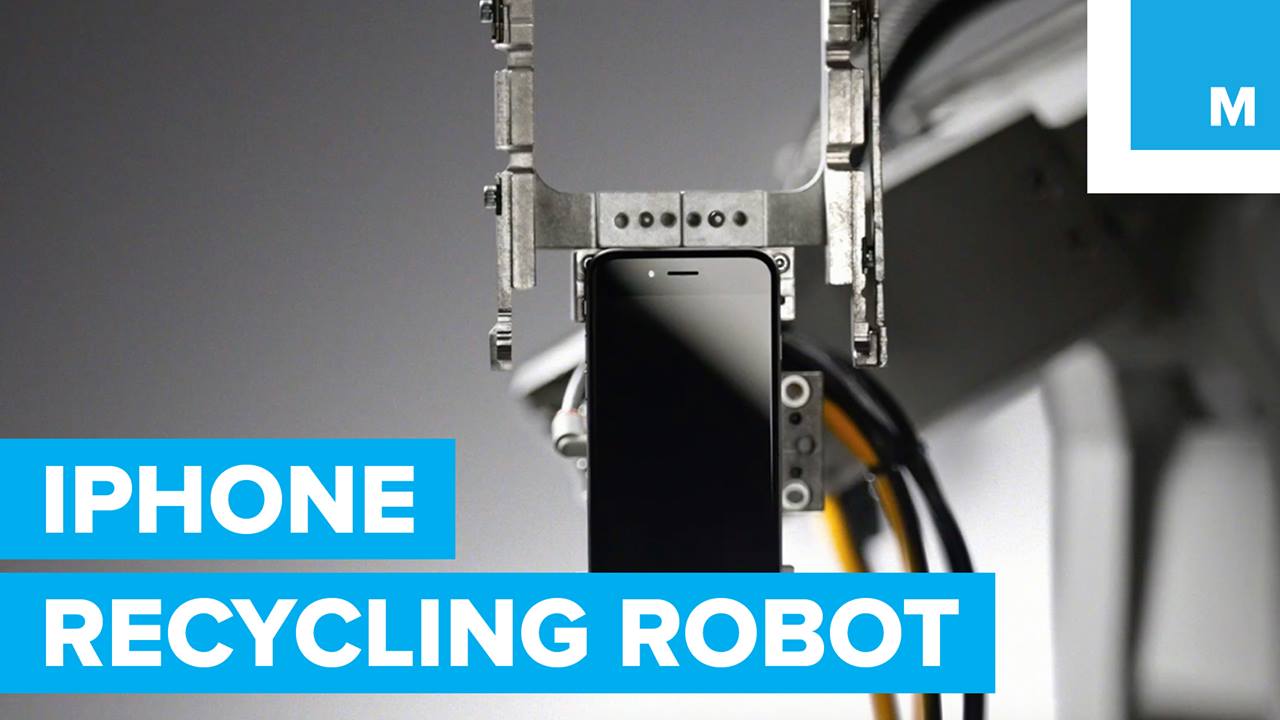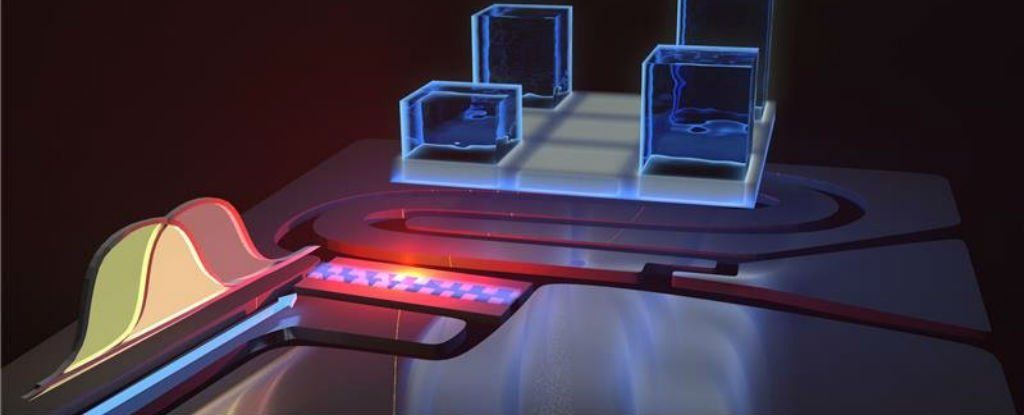Mar 28, 2016
DARPA Announces Next Grand Challenge — Spectrum Collaboration Challenge
Posted by Karen Hurst in categories: information science, internet, military, mobile phones, robotics/AI
DARPA’s new “Spectrum Collaboration Challenge” with a $2million prize for who can motivate a machine learning approach to dynamically sharing the RF Spectrum.
WASHINGTON, March 28, 2016 /PRNewswire-iReach/ — On March 23rd, 2016 DARPA announced its next Grand Challenge at the International Wireless Conference Expo in Las Vegas, Nevada. Program Manager, Paul Tilghman of DARPA’s Microsystems Technology Office (MTO), made the announcement to industry leaders following the conferences Dynamic Spectrum Sharing Summit. The challenge will motivate a machine learning approach to dynamically sharing the RF Spectrum and has been named the “Spectrum Collaboration Challenge.” A top prize of $2million dollars has been announced.
While mostly transparent to the typical cell phone or Wi-Fi user, the problem of spectrum congestion has been a long standing issue for both the commercial sector and Department of Defense. The insatiable appetite for wireless connectivity over the last 30 years has grown at such a hurried pace that within the RF community the term spectrum scarcity has been coined. RF bandwidth, the number of frequencies available to communicate information over, is a relatively fixed resource, and advanced communication systems like LTE and military communications systems consume a lot of it. As spectrum planners prepare for the next big wave of connected devices, dubbed the Internet of Things, they wonder where they will find the spectrum bandwidth they need to support these billions of new devices. Equally challenging, is the military’s desire to connect every soldier on the battlefield, while using these very same frequencies.
Continue reading “DARPA Announces Next Grand Challenge — Spectrum Collaboration Challenge” »

















